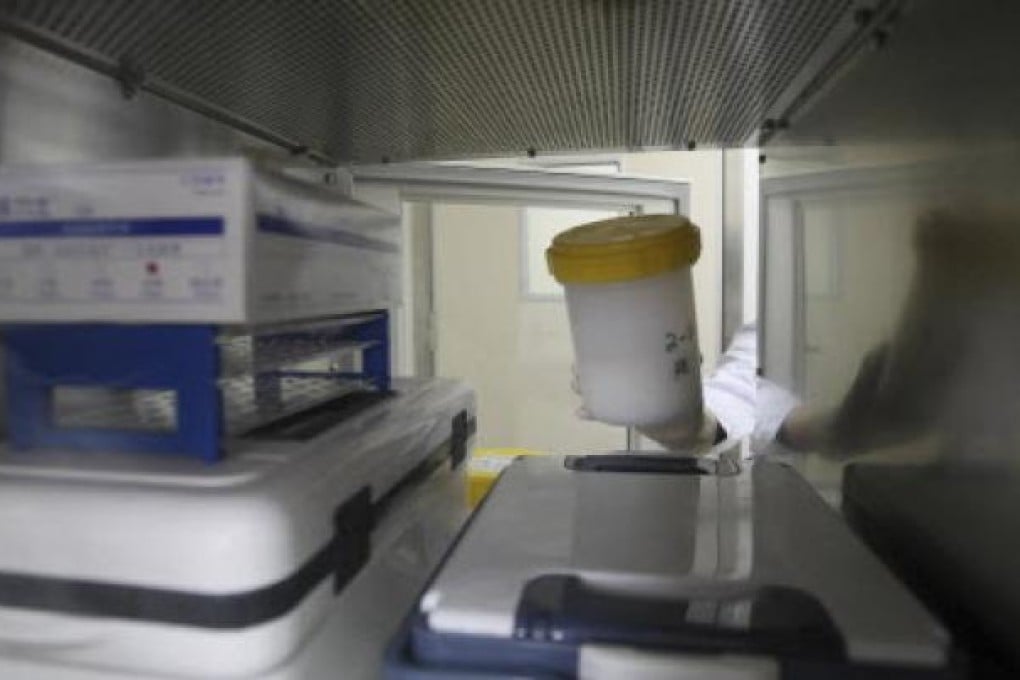Death of Zhejiang farmer raises China's human bird flu toll to six

A sixth person has died of H7N9 bird flu in China, state media said on Friday, after authorities slaughtered poultry in a mass cull at a Shanghai market where the virus has been detected.
The latest fatality was a 64-year-old farmer who died in Huzhou, in the eastern province of Zhejiang, local officials said according to the state Xinhua news agency.
He was one of the 16 confirmed human cases of H7N9, and is the second person from Zhejiang to die from the strain, with the other four fatalities in Shanghai, China’s commercial hub.
In Jiangsu, two new cases of H7N9 infections were also reported on Friday, bringing the province's total number of cases to four.
The new cases involve a 61-year-old woman and a 79-year-old man, both from Nanjing. The woman, a retiree who lives at home, fell ill on March 20 and was transferred to hospital for treatment on Tuesday after her situation worsened. She tested positive for the virus on Friday morning, and the man, who hails from Qinhuai district in Nanjing, tested positve for the virus on Friday morning.